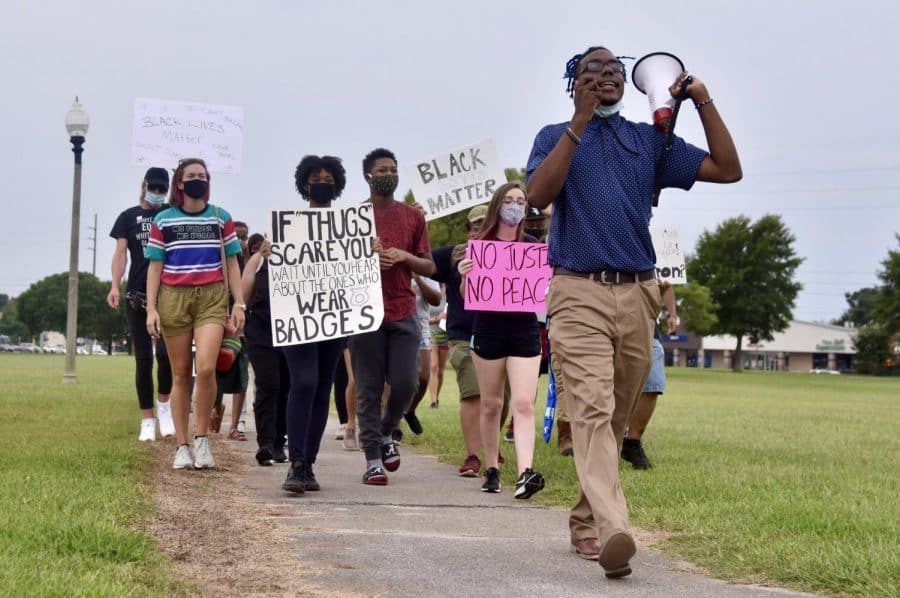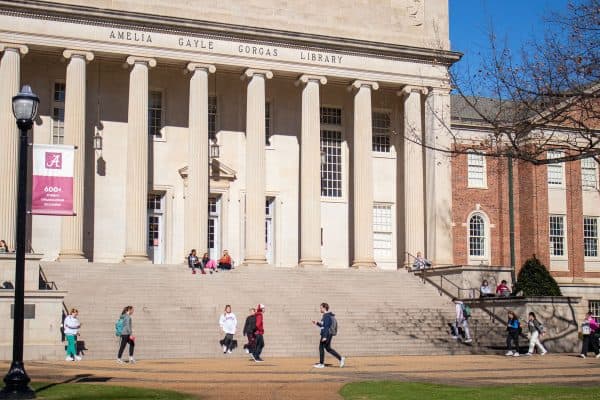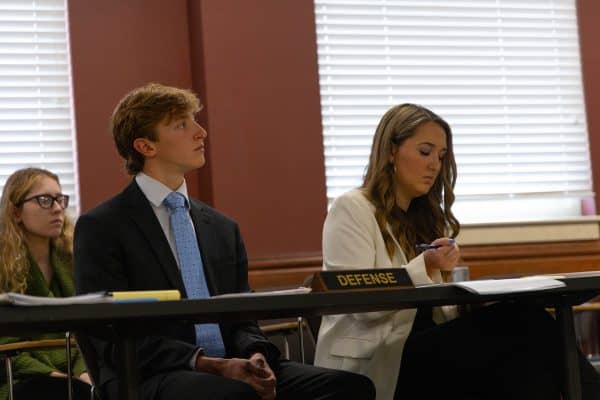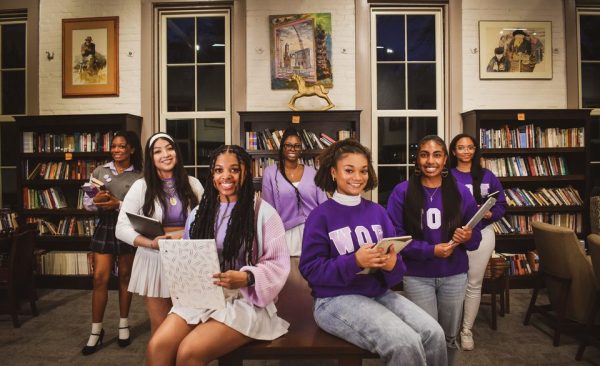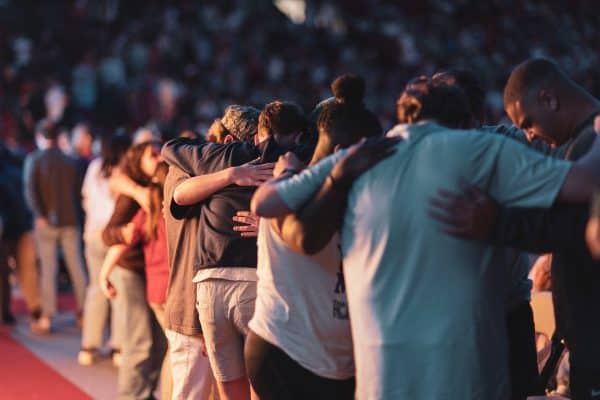BLM marches are not dying down any time soon
August 30, 2020
While the nationwide movement spawned by the killing of George Floyd has found itself losing attention in some cities across the United States, this movement is gaining momentum in Tuscaloosa.
Lux Murray, a lead organizer of T-Town Freedom Marches, put this protest together as a means of keeping the flame of the local Black Lives Matter (BLM) movement alive. Saturday BLM marches that kicked off on July 5 from Bryant-Denny Stadium to Foster Auditorium have now moved over to Snow Hinton Park, setting off a weekly Sunday tradition.
From the initial march to now, T-Town Freedom Marches has been able to mobilize diverse activists and allies carrying signs and banners bearing slogans like “How many were recorded,” “All lives can’t matter until Black lives matter!” and “If thugs scare you, wait until you hear about the ones who wear badges.”
“Fired up, fed up!” protesters chanted as they marched along the perimeter of Snow Hinton Park one overcast Sunday afternoon. “How many? Too many?” they’d chant, adding new names to a list of Black Americans killed by police brutality. Breonna Taylor. George Floyd. Vanessa Guillen. Wallace Wilder.
Even though nationwide peaceful protests are winding down, Murray has called on protesters not to lose sight of their purpose but to keep their eyes on the prize.
“We’ve yet to get what we’ve been fighting for, and we’ve been fighting for this for way too long just to stop now,” Murray said. “It’s easy to protest just because it’s a trend, but we want longevity in it, we’re gonna keep on fighting for it.”
This movement brought with it a wave of petitions for the removal of Confederate monuments, the relocation of plaques honoring Confederate soldiers and the renaming of buildings named after slave owners and white supremacists. While these may seem like huge steps, Murray says these are inconsequential.
“They’ve changed little things, but not what we’ve asked for, like statues being removed, like, there are rocks on campus, they removed that – that’s cool enough, that’s not what we’re fighting for,” Murray said. “They changed street names. But we didn’t ask for all that. We’re saying, ‘no justice, no peace’ not – no justice, change the names of the streets – those are two different things.”
Nikhil Singh, a co-organizer of the march, echoed these thoughts and reiterated the need to look beyond numbers during protest marches. Singh stressed the importance of visibility and continuity of action while fighting for a common cause.
“[The protest march] is for us as people to exercise our power,” Singh said. “We all want to see change, we don’t want the protest to die down. When we are out in the streets we can hold people accountable, we can put the power back in our hands, and we can hold people like the police accountable.”
The local BLM protests have garnered the support of the older generation who are not holding back their desire to see these protest marches bear fruits. Murray narrated what his great aunt, who was an activist during her younger days, recently said to him.
“I’m so proud of you – I’m passing the baton to you because when I was younger, I was protesting as well,” she told Murray. “‘Back in the day, they used to spray water on people protesting and bring out the K9 Unit. I’m far too old now … the virus is going around, I gonna stay safe, I wanna pass the baton to you, so that you can keep the legacy going.’”
Murray further expressed his frustrations with the status quo.
“How is it that my great aunt has been fighting the battle and passing the baton to me all the way in 2020?” he said. “My great aunt was fighting for this, and we’re still doing it to this day. My great aunt was 95 years old. It really just shows that we really haven’t gotten nowhere. We can’t let this protest die down.”
The group that started small with 14 to 16 people has seen its base of support double over the weeks to 30 – its Facebook and Instagram followers started out at ten and now amass to over 150. Some white people who have started following these protest marches stated how they want to use their white privilege to speak out and speak up.
Jacob Barrett, a graduate student studying religion and culture tagged along to the BLM march with Erica Bennett, also a graduate student in the same program. They are both interested in activism and social justice, and they decided to step up and be assertive with their voice not only on social media platforms, but in real life.
Barrett, who had just moved to Tuscaloosa from Colorado, had never been to a march before. While Barrett has been active on social media sharing activism posts, he said he thought that was good, but not enough.
“It’s easier to just share stuff on Facebook and Instagram versus actually participating in person, so I wanted to come out and stand in solidarity and show my support,” Barrett said.
As the numbers are growing, the group is fleshing out its activities to embrace philanthropy. The group has goals lined up, one of which is a plan to launch a clothes drive in September – an initiative geared toward giving back to the community and bringing about change. Used clothes will be gathered and shared to people who need them in the Tuscaloosa area.
Bennett has been involved in marches before in Louisiana, but the BLM group piqued her interest because its social movement activism goes beyond protest marching.
“I like that they’re doing the clothes drive and … not just something to march and yell – they’re trying to do stuff with it,” Bennett said. “I’ll probably keep coming because it seems nice and helpful.”

